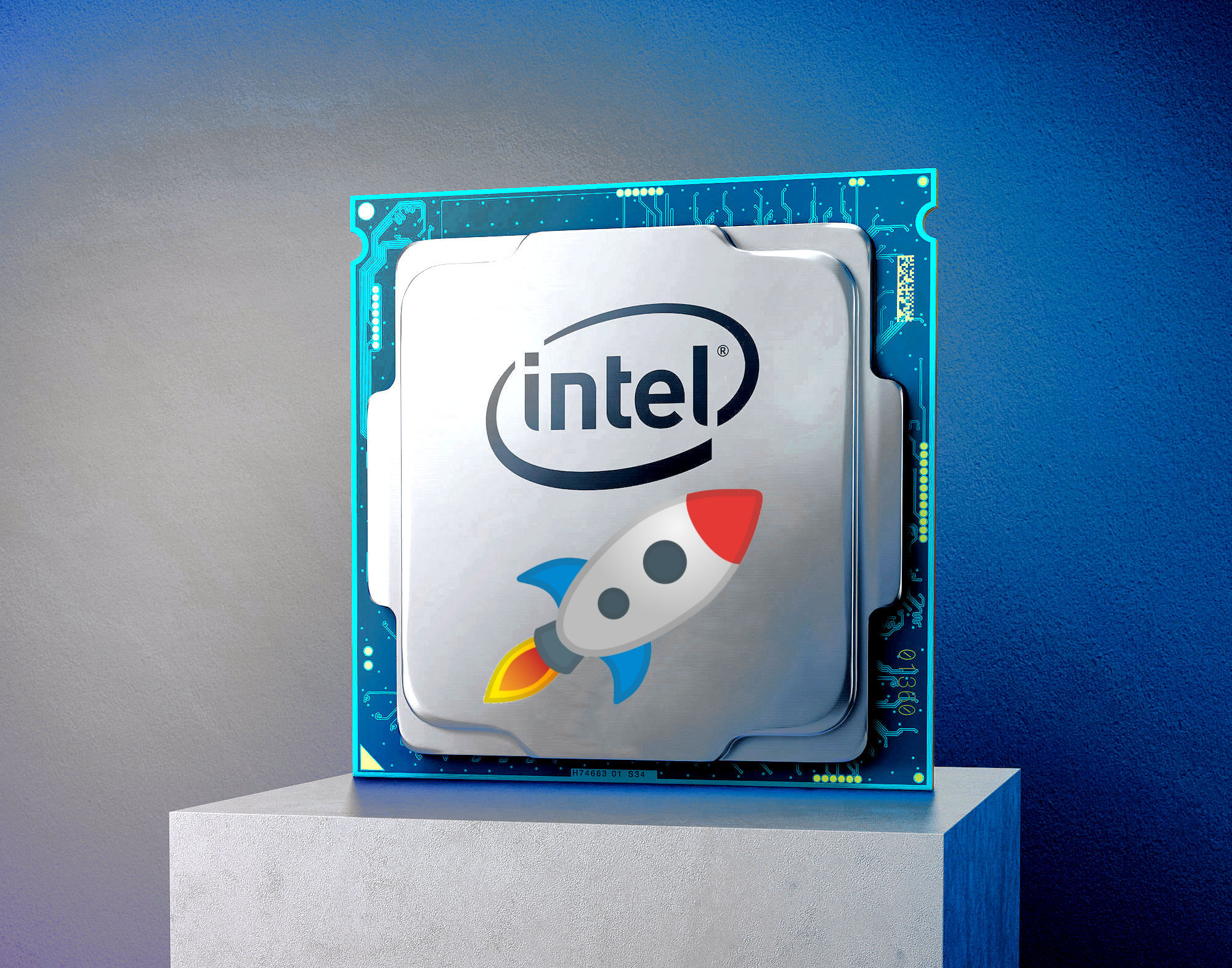These chips currently are going for laptops. So your point is already the route being pursued. But this is just the very first step.
For desktops, if I understand correctly, the goal is eventually to have a mix-and-match concept. Different user subsets might need lower cost, more graphics, more raw calculation capability, more cores, more responsiveness, AI or no AI, physics or no physics, etc. With a given amount of resources, this would logically need different numbers of little chips, big chips, and GPU execution units.
- You might want as many big cores as possible, no GPU execution units, and only a couple little cores to handle background tasks like virus scanning, email, voice command listening, etc. This might get you a great number cruncher.
- I might want a low power chip with few big cores, many little cores, and more GPU execution units. This might give me a great HTPC.
- Someone else might want a CPU that is as low power as possible while running legacy x86 code (pretty much all of manufacturing in the world). That would be a lot of little cores.
- Someone else might want a great gaming CPU which would be a roughly equal number of big/little cores and as many GPU execution units as possible.
Basically, the long term desktop concept is to just plop in as many big, little, GPU, AI, etc cores in as your budget can support. Whether that is a power budget, a dollar budget, a space budget, or something in between would be up to your particular needs. The end-goal is no more "one-size-fits-all" CPUs where the only real choice you have is how much power vs how many cores.





